Chase Choate beamed as he explained the plan for the morning.
The goal was to plant 700 trees before noon. The cottonwoods and willows, Choate said, would be pretty straightforward. The honey mesquite trees though, he warned, were thorny and would need an extra layer of plastic shielding to protect them from hungry wild rabbits.
“If you want gloves, we have some,” Choate, environmental director for the Fort Yuma Quechan Tribe, told the group of volunteers gathered around him. “If you want to just have your hands feel the earth, we can do that too.”
Along the eastern edge of Imperial County, the landscape is slowly changing. Acres of invasive saltcedar plants and other weeds are vanishing, replaced by expanses of thorny green trees dusted with bright yellow flowers.
The shift is a result of the Quechan Tribe’s ongoing efforts to restore the banks of the parched Colorado River. Choate and the tribe’s Department of Environmental Protection have led a push to replant hundreds of native trees along sections of the river where it winds through the Quechan Reservation between California and Arizona.
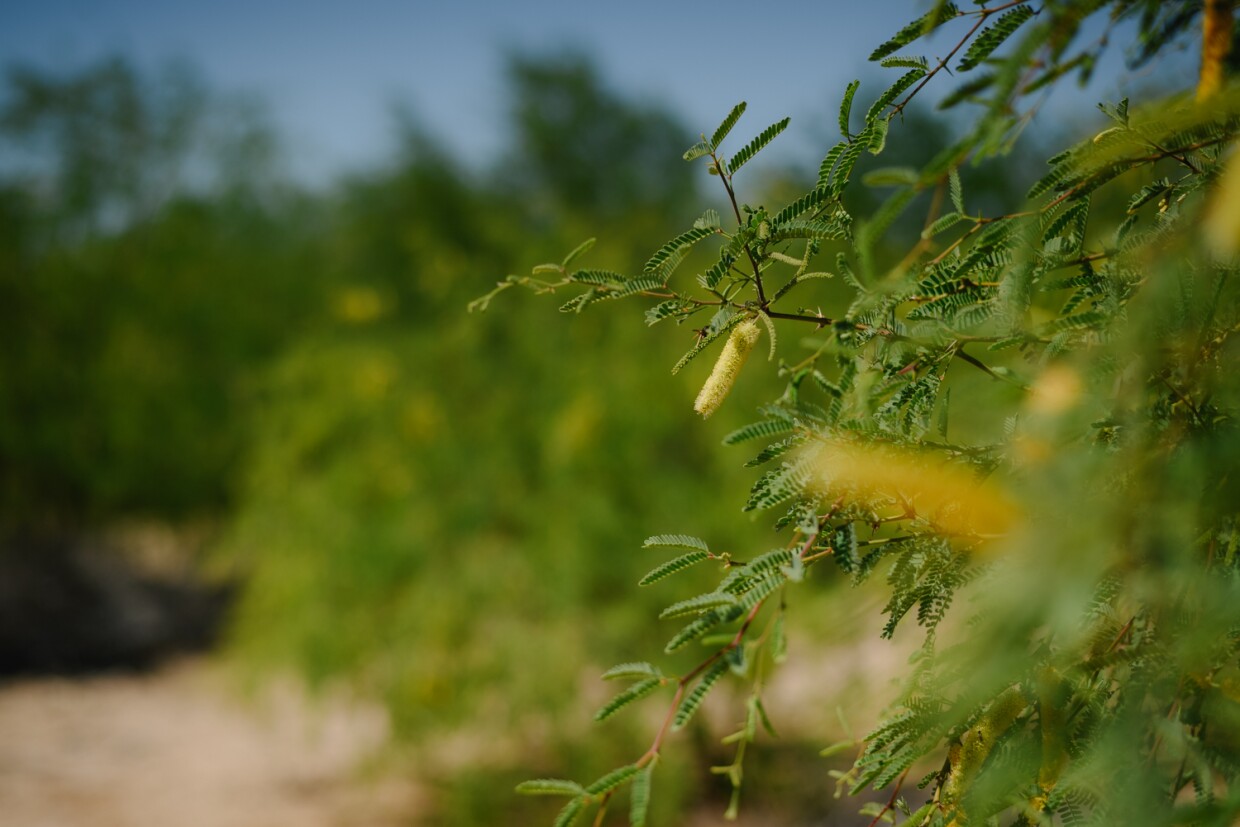
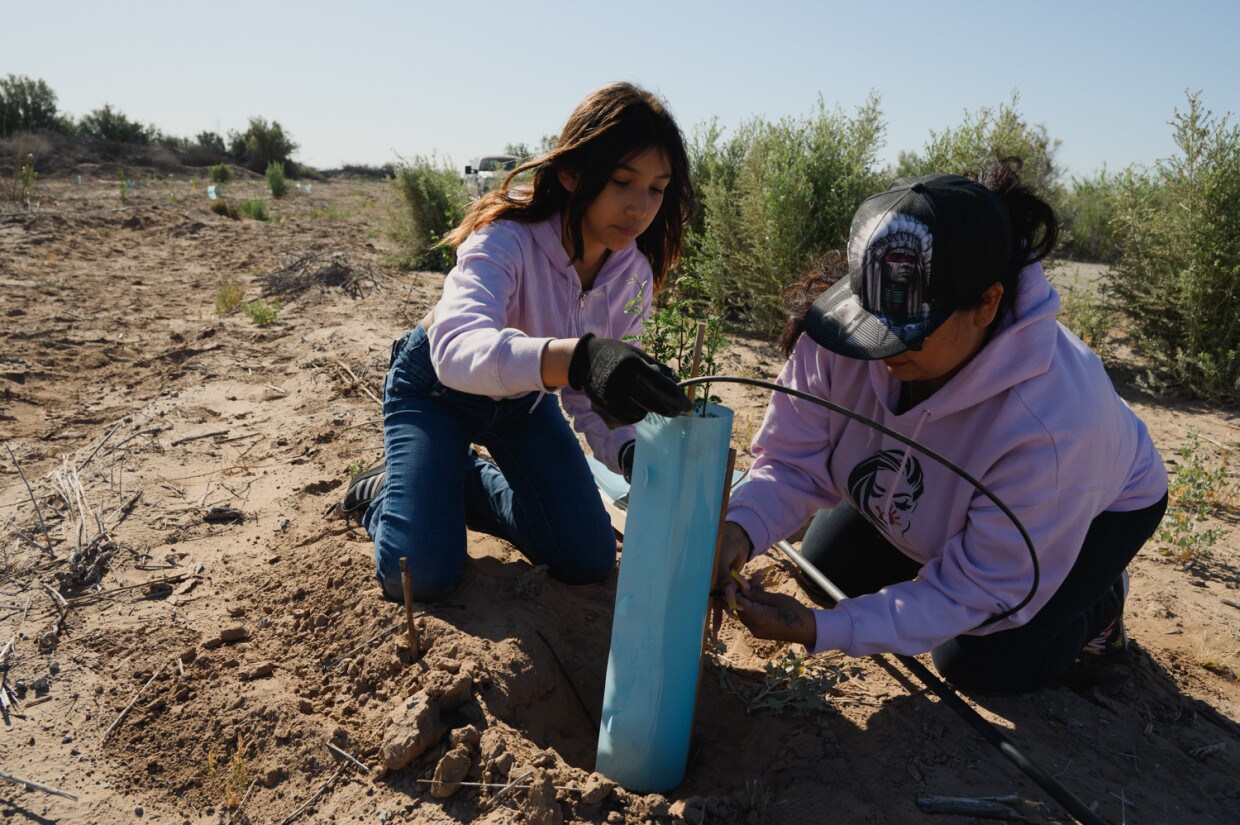
Powered by volunteers and a mix of federal grants and other funding sources, the work has moved steadily downriver since 2010, uprooting pink saltcedar fronds and replacing them with native cottonwoods, willows and honey mesquite trees. Thin black tubes ferry a steady supply of water from the river nearby to the base of each sapling to help them adjust to the new environment.
Saltcedar often causes ecological problems because the plant’s deep root structures suck up large amounts of water and create salty deposits in the earth, killing other plants nearby.
Honey mesquite, on the other hand, is sacred to the Quechan and other Colorado River tribes, Choate said. The leafy tree produces beans that can be ground into flour, and its branches are used to build traditional shelters. Willow trees are also used to weave tools like baskets.
Quechan people have called the southwestern Colorado River region home for millennia. The tribe’s ancestral homeland spans swaths of Imperial County and neighboring Yuma County in Arizona, according to Native Land Digital.
Choate, who is a Quechan tribal member and is also Maricopa, Mojave and Choctaw, said the restoration efforts are also meant to slow climate change by boosting the ability of local plant life to soak up more carbon from the atmosphere.
“We were the stewards of the land, and we're still the stewards of the land,” he said. “That's what we're showcasing today.”
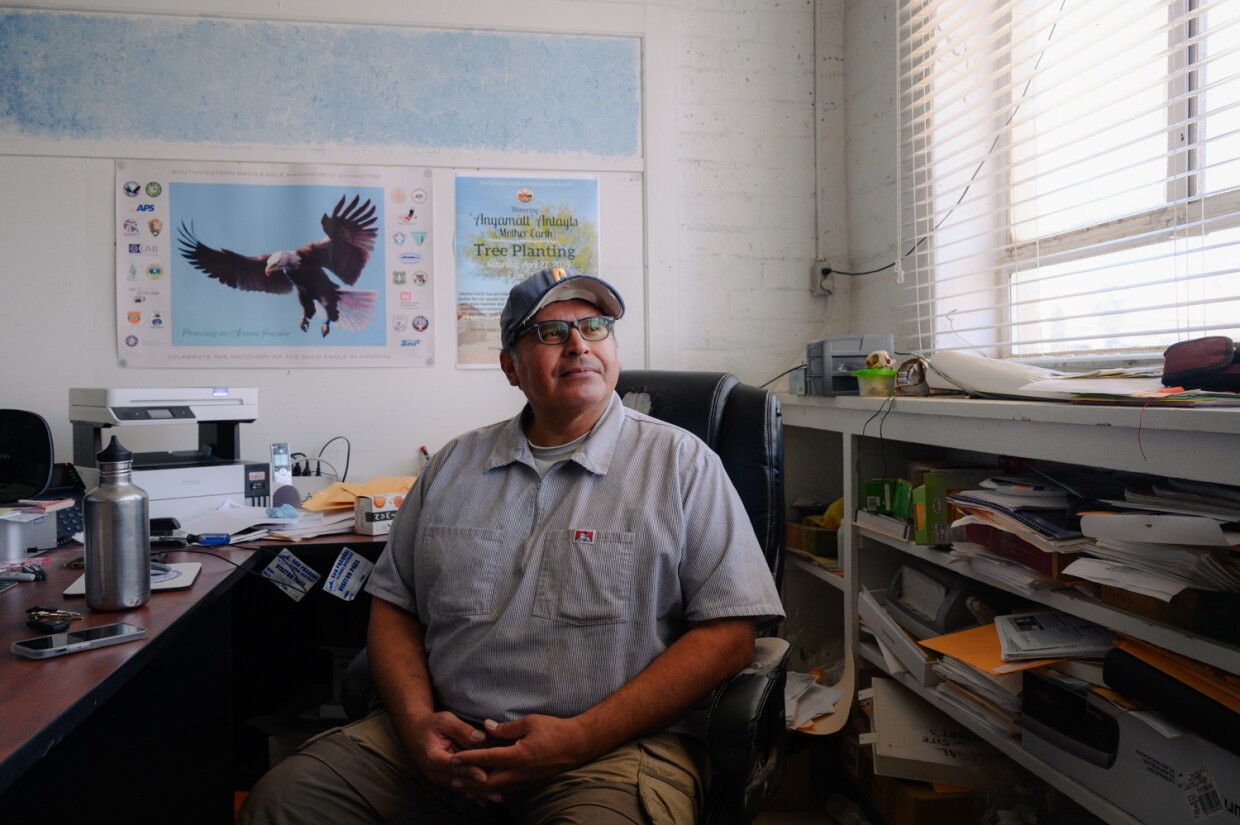
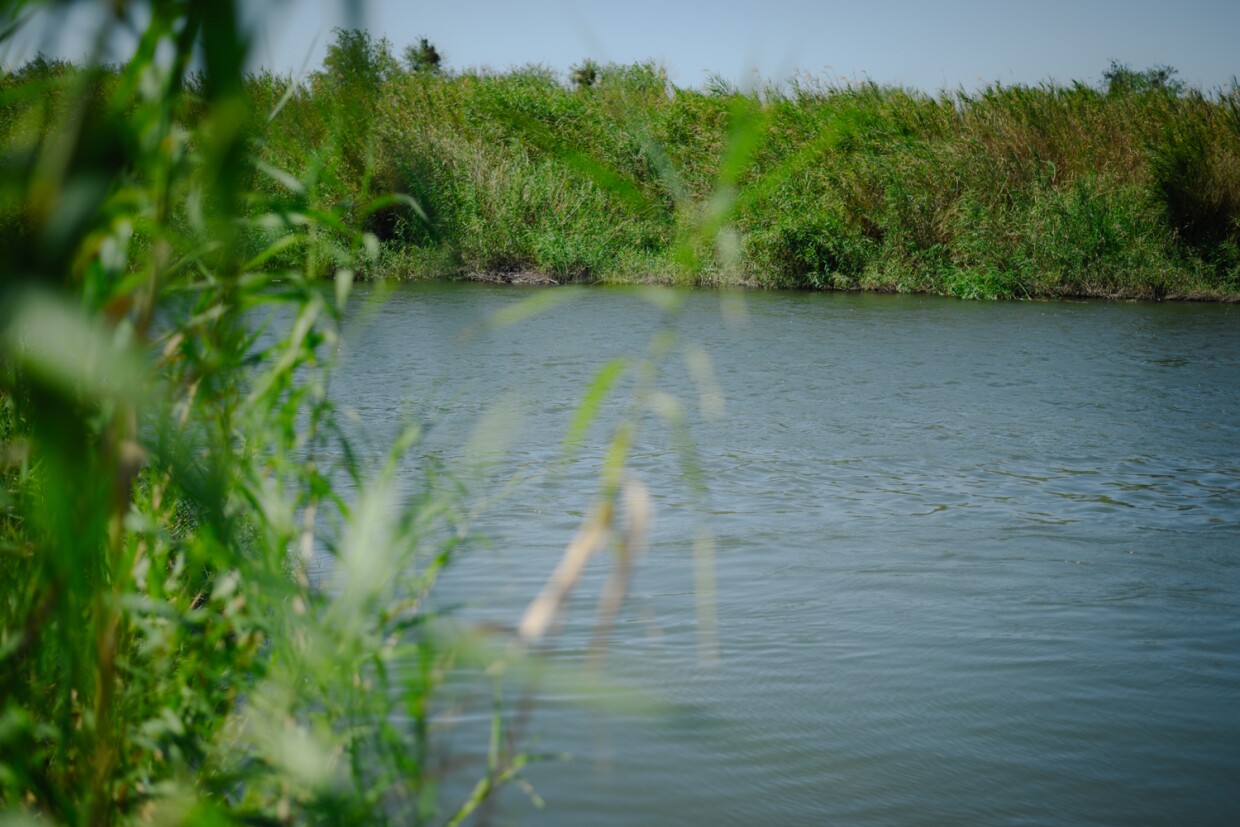
The morning tree planting event was part of those ongoing efforts. The Tribe had brought together dozens of staff and volunteers from across the region, including students from San Pasqual Valley Elementary on the reservation and a Girl Scouts troop from Yuma, just across the river.
It takes some time for the young trees to adjust to their new surroundings, Environmental Department officials said. But with a steady water supply, they said the trees should be able to rebound swiftly.
The Tribe is also able to do this restoration work in part because of their long-standing right to draw certain amounts of water from the Colorado River.
The mighty river’s water supply supports 40 million people across the Western United States and is tightly regulated. The Quechan Reservation, along with four other Native reservations in the Southwest, have federally decreed rights to that water for farming and other uses under a 1963 U.S. Supreme Court decision.
The Quechan Tribe has also devoted some of that water to other restoration efforts, including the Yuma East wetlands.
For their tree planting project, the Tribe’s Environmental Department has also relied partly on federal funding, including grants from a program geared towards promoting conservation among farmers and forest landowners.
So far, Choate said the restoration efforts have brought thousands of new native trees to the riverbank.
“This is what ties us all together,” he said. “The river. Restoring the river.”
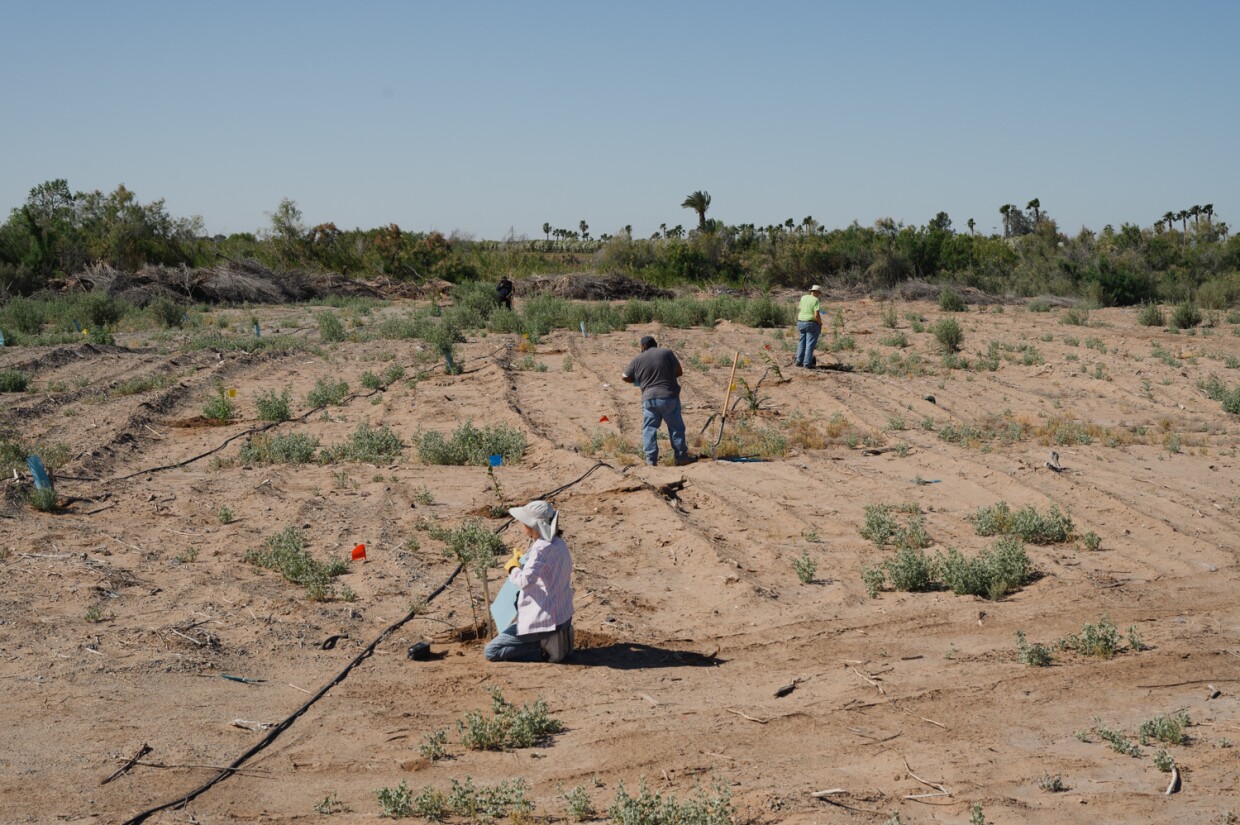

By 10 a.m., the planting had started to slow. The department was running low on saplings.
Sophia Herrera, a Quechan tribal member and a volunteer from Yuma, had spent the morning checking to make sure the plastic protectors for some of the mesquite saplings were secured.
“I was eager to come and bring out the kids,” Herrera said, laughing. “This is a good opportunity to get used to the heat again.”
Choate said it warmed his heart to see so many people working to restore the area. He said that was also part of his hopes for the department’s project.
“The goal isn't to plant everything,” he said. “It's, again, to bring people together, bring our community from Yuma, bring our Native community – and just have a good time.”






